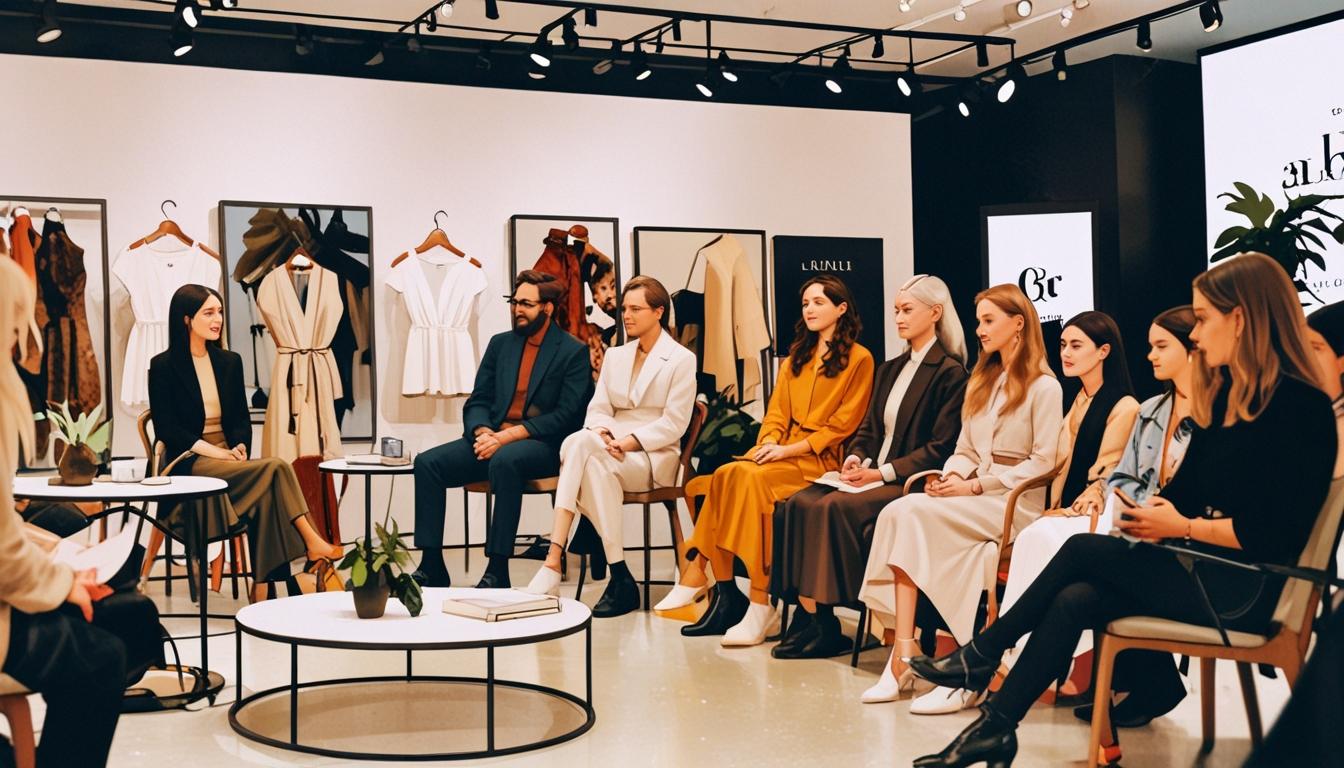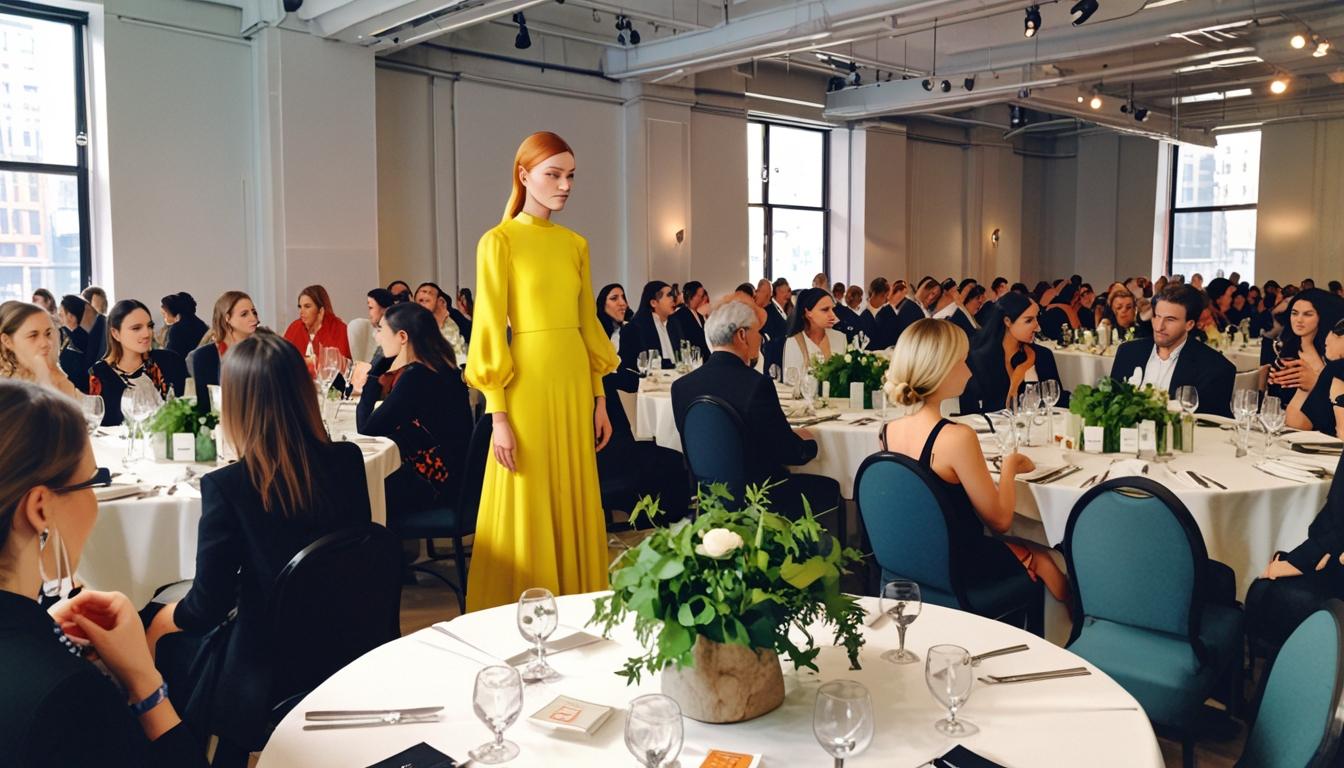Vestiaire Collective unveiled its inaugural Resale Buying Guide during a panel discussion at LuisaViaRoma in New York, highlighting trends in the luxury resale market and the growing demand for vintage pieces.
Vestiaire Collective, a leading platform for pre-loved fashion, recently unveiled its inaugural Resale Buying Guide during a panel discussion at LuisaViaRoma’s new store in Noho, New York. The event, held on April 14, 2025, showcased insights into the luxury resale market, highlighting the rising demand for vintage items and investment pieces.
The panel, titled “The Future of Luxury Resale: Trends, Investment Pieces & Brand Power,” featured key industry players, including Samina Virk, North America CEO of Vestiaire Collective; Torasso, US deputy COO of LuisaViaRoma; and celebrity stylist Kate Young. The discussion was moderated by Rahul Malik, chief growth officer of Business of Fashion. Attendees gained valuable knowledge regarding the current trends in luxury resale and the brands that are excelling in this arena.
Virk introduced Vestiaire’s Value Ranking (VVR) system, which evaluates brands based on criteria such as price accessibility and desirability, determined by customer engagement metrics like likes and page views. The report revealed that while some brands are traditional favorites, including well-known luxury labels, others have emerged as leaders in different categories, like Golden Goose, which topped the list for premium brands. Vestiaire Collective’s seasonal reports are set to continue, with the next release scheduled for fall 2025.
Torasso shared insights on LuisaViaRoma’s collaboration with Vestiaire Collective, emphasizing the importance of sustainability in their business model. The partnership allows LuisaViaRoma customers to resell items in exchange for store credit, and a section of the new store is dedicated to certified vintage items curated from Vestiaire’s collection. He noted the significance of storytelling in fashion, citing the vintage styles available as a means to connect customers with fashion history.
Highlighting the allure of vintage fashion, Young noted that scarcity plays a crucial role in driving consumer interest in resale, as many sought-after pieces are often gone quickly. She emphasized that vintage items have become increasingly appealing due to their quality, with a growing number of clients expressing a passion for sustainability in their wardrobes. Young’s comments included a reference to the recent popularity of vintage attire at prestigious events, such as the Oscars.
Virk pointed out that vintage items are a key differentiator for Vestiaire Collective, with such items selling 30% faster than their contemporary counterparts. The platform has seen an over 80% increase in vintage sales within the last few years, and the data shows that customer searches for these items are on the rise. She indicated that the demand for certain designers fluctuates significantly when they transition between fashion houses, further driving interest in resale merchandise.
As the event concluded, the panel addressed implications of potential tariffs on resale products. Torasso remarked on how shifts in pricing could influence different segments of the market, suggesting that while some consumers may not be deterred by price increases, others—particularly those in the mid-luxury bracket—would be more significantly affected. This could lead to a greater emphasis on curated inventories and sustainability in the fashion industry, as companies aim to minimize waste by reducing excess stock.
In summary, the panel at LuisaViaRoma underscored the evolving dynamics of the luxury resale market, emphasizing the burgeoning interest in vintage items and the imperative of sustainability that companies must embrace to stay competitive.
Source: Noah Wire Services




